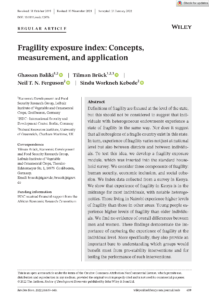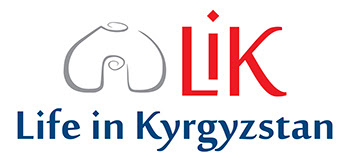Definitions of fragility are focused at the level of the state, but this should not be considered to suggest that individuals with heterogeneous endowments experience a state of fragility in the same way. Nor does it suggest that all subregions of a fragile country exist in this state. In turn, experience of fragility varies not just at national level but also between districts and between individuals. To test this idea, we develop a fragility exposure module, which was inserted into the standard household survey. We consider three components of fragility: human security, economic inclusion, and social cohesion. We index data collected from a survey in Kenya. We show that experience of fragility in Kenya is in the midrange for most individuals, with notable heterogeneities. Those living in Nairobi experience higher levels of fragility than those in other areas. Young people experience higher levels of fragility than older individuals. We find no evidence of overall differences between men and women. These findings demonstrate the importance of capturing the experience of fragility at the individual level. More specifically, they also provide an important base to understanding which groups would benefit most from pro-stability interventions and for testing the performance of such interventions.
Publication Details
- Year of Publication: 2022
- Region/s: Sub-Saharan Africa
- Theme/s: Human Development · Humanitarian Emergencies
- Research Topic/s: Gender · Institutions & Fragility · Poverty & Inequality · Social Cohesion
- DOI: https://doi.org/10.1111/rode.12876







